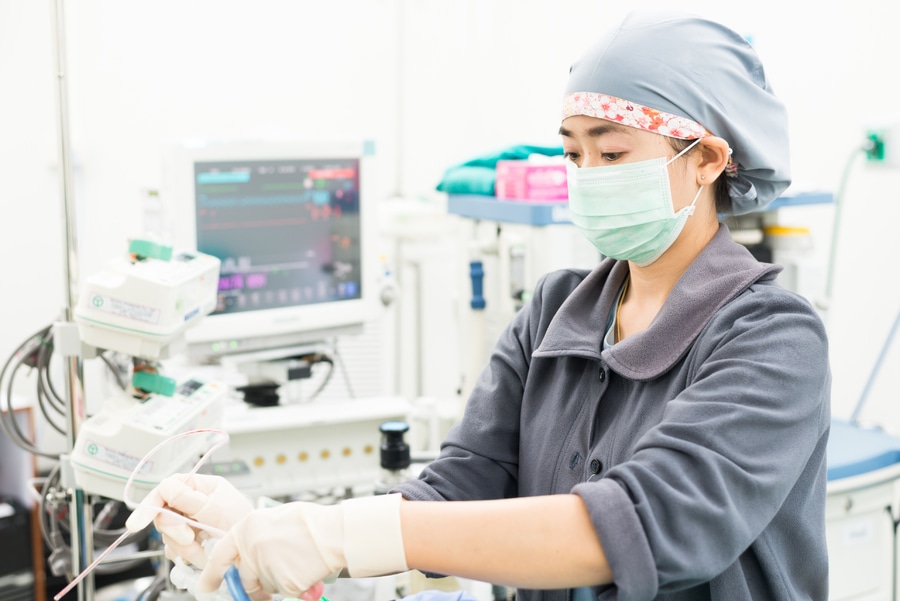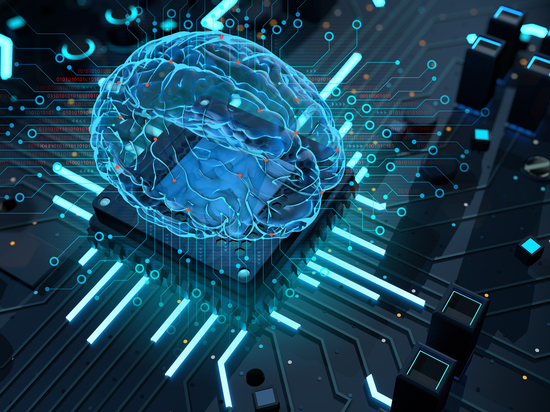
#Industry News
Making Surgery Safe: A Closer Look at Anesthesia Machine Technology
Anesthesia machines are a critical part of any surgery. Understanding how these machines work and what goes into them is essential for any healthcare operation.
Of all the machinery in an operating theater, the anesthesia machine is one of the most important. Without it, safe and humane surgery would be all but impossible, as there would be no way to sedate the patient during the procedure. These devices control the flow and mix of gasses and anesthetic agents that keep them unconscious, letting doctors operate without fear.
While they may not be as ubiquitous as a surgeon’s scalpel, understanding anesthesia machines, their components, and the doctors who use them is critical for an effective surgery team.
A Brief History of Anesthesia
Sedating patients has always been one of the most difficult parts of any surgery. Without sedation, a patient might go into shock or reflexively struggle while doctors operate, but safely inducing and maintaining unconsciousness can be just as difficult. Too much anesthetic can inflict permanent damage on the patient, while too little can cause them to wake up mid-surgery.
In the past, surgeons relied on crude methods like medicinal herbs or alcohol to knock out patients or at least numb them to the pain. In 1917, Dr Henry Boyle developed a continuous air-flow machine that could safely and accurately deliver a mix of oxygen, nitrous oxide, and ether to the patient. Modern anesthesia machines continue to follow this design philosophy.
The Role of Anesthesia Machines
During an operation, an anesthesia machine has three responsibilities:
1. Provide oxygen to patients while they’re unconscious. In addition to anesthetic agents, anesthesia machines provide a regular oxygen flow to keep patients breathing during surgery.
2. Mix anesthetic gases into the oxygen to keep the patient unconscious. These gases must also be mixed accurately to prevent the patient from receiving too much or too little. This requires precise control mechanisms for regulating gas flow and close attention paid to the patient’s vital signs.
3. Enable ventilation for the patient receiving anesthesia. In other words, this means pulling CO2 away from the patient’s mouth and nose, which could otherwise suffocate them.
Anesthesia Machine Components
While the design of an anesthesia machine will differ from manufacturer to manufacturer, all continuous air-flow machines use the same basic essentials, such as:
Vaporizers that add precise amounts of anesthetic agents to the fresh gas flow. These vaporizers allow anesthesiologists to control the gas flow and concentration and, in turn, how much anesthetic a patient receives. This used to be done via buttons, switches, and valves, but modern anesthesia machines are now controlled via more responsive and flexible digital interfaces on healthcare computers.
Flowmeters that control the amount of oxygen, nitrous oxide, and air that a patient receives. These flowmeters plug into the hospital’s gas system and ensure the patient gets a reliable supply of breathing air.
Ventilators that help maintain normal respiratory rates and blood chemistry in the patient. Modern ventilators can use different modes or levels of ventilation, which is critical for working with a broader range of patients in a wider range of health conditions (older vs. younger, lighter vs. heavier, healthier vs. sicker, etc.).
Breathing circuits that deliver the oxygen and anesthetic gases to patients and eliminate CO2 that they exhale. This allows the anesthesia machine to reuse exhaled anesthesia gases and conserve respiratory heat and humidity, an important parameter for the patient’s health during an operation.
Scavenging systems that collect and remove expelled anesthetic gases from the operating room. These systems can be active (such as suction applied to remove gases) or passive (relying on heavier-than-air anesthesia gases and pressure to remove waste gases).
Anesthesia Machine-Compatible Computers from Cybernet
Anesthesia machines are more than just another tool in the OR; they’re a critical component of ensuring the health and safety of patients, which makes understanding their function and how to support them absolutely critical as well.
If your healthcare group needs medical-grade computers and tablets compatible with its anesthesia machines, contact the team at Cybernet Manufacturing. Our devices feature a full range of hardware and software considerations that let them interface with both modern and legacy devices, ensuring compatibility.





